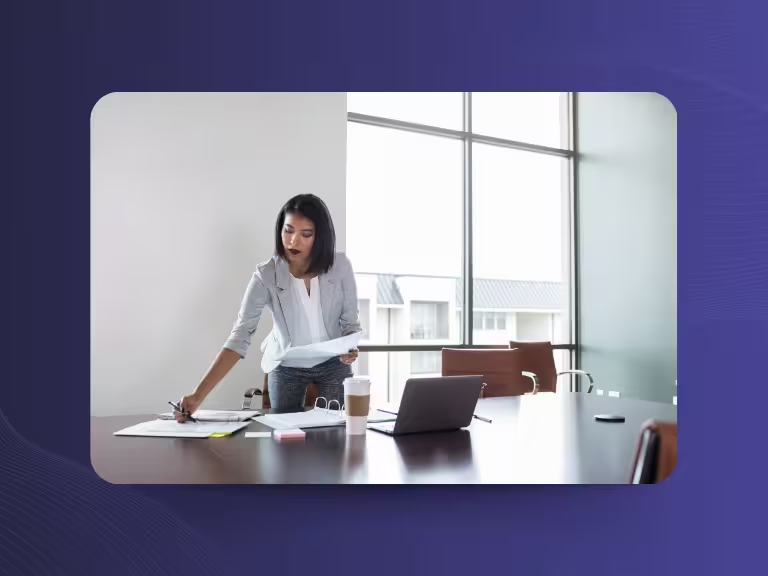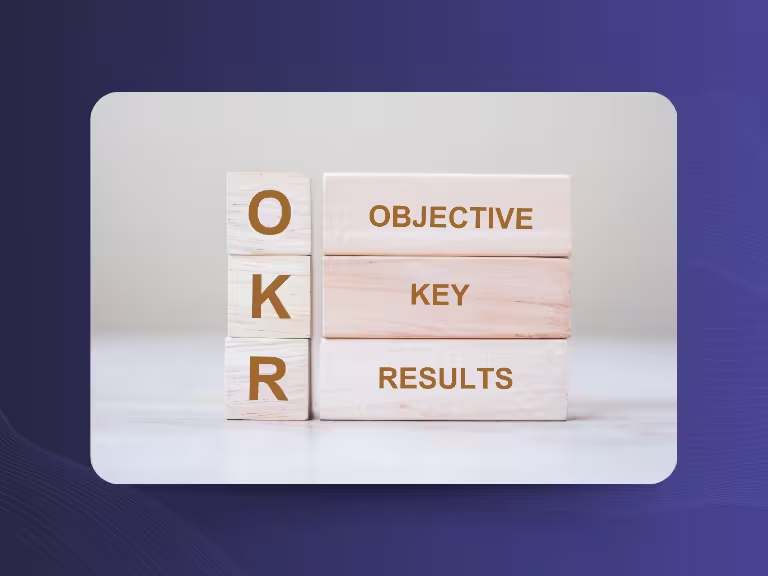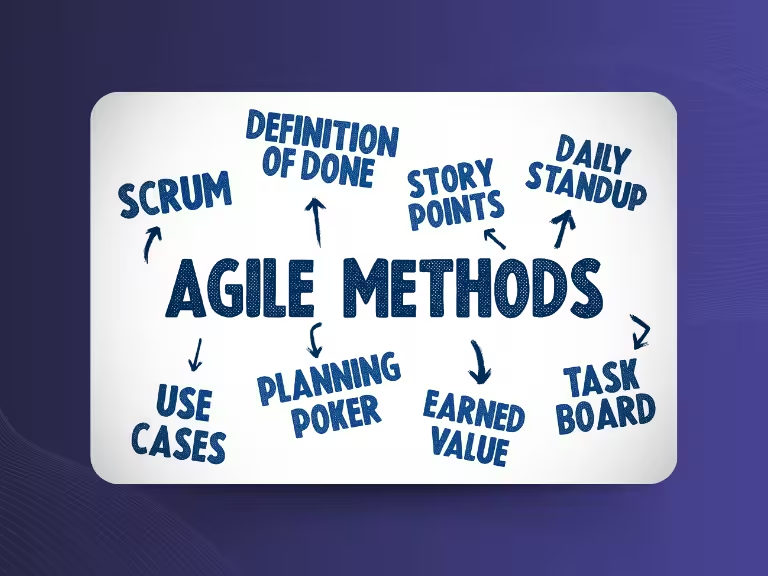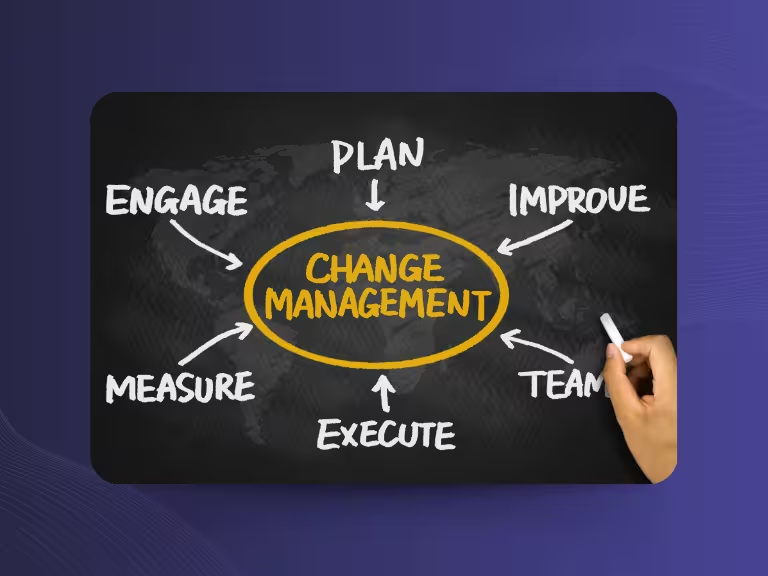Meetings are an integral part of modern work life – yet far too often they are perceived as a waste of time. Statistics show that approximately 70% of all meetings are perceived as ineffective. The main reason? Missing or inadequate meeting preparation. While many leaders and teams spontaneously invite people to meetings, they underestimate the power of structured meeting preparation.
Digitalization and hybrid work models have intensified this challenge. Multicultural teams, virtual collaboration, and the sheer number of daily online meetings require a new approach to meeting organization. Without clear objectives, well-thought-out agendas, and targeted participant selection, we waste not only time but also valuable resources and our colleagues' motivation.
In this article, you'll learn how to transform your meetings through effective meeting preparation – from time-consuming mandatory events to productive, goal-oriented work sessions that deliver real results.
Define Clear Objectives – The First Step to Effective Meeting Preparation
Why Clear Goal Setting is Crucial
A Harvard Business Review study from 2023 put it succinctly: meetings with clearly defined objectives last on average 30% shorter and lead to better decisions. This is because concrete meeting objectives function like a compass – they provide all participants with clear direction and prevent discussions from going nowhere.
Without defined meeting objectives, situations quickly arise where participants talk past each other, unimportant details are discussed, or nobody knows what was actually achieved in the end. Setting meeting objectives should therefore always be the first step in your preparation – even before inviting participants or creating the agenda.
How to Formulate Clear and Measurable Meeting Objectives
The proven SMART method helps you formulate precise objectives. Your meeting objectives should be specific, measurable, attractive, realistic, and time-bound. Instead of "We'll discuss the new project," you formulate, for example: "By the end of the meeting, we will have defined the three most important milestones for the Q1 project and assigned a responsible person to each milestone."
Communicate these objectives already with the meeting invitation. A practical example could look like this: "Objective of our 60-minute meeting: We decide on the budget for the marketing campaign (max. €50,000) and establish the communication strategy for the next three months. Please bring your cost calculations."

Structured Process: Creating Agendas and Strategically Inviting Participants
The Benefits of a Well-Prepared Agenda
The Microsoft Work Trend Index 2023 shows impressively: 85% of participants who received an agenda felt better prepared and were more engaged in the meeting. A well-thought-out meeting agenda is more than just a list of topics – it's your tool for time management and focus.
When creating an effective agenda, you should assign a realistic time allocation to each item and set priorities. Start with the most important decisions while concentration is still high. Deliberately plan buffer times and send the meeting agenda at least 24-48 hours before the meeting so all participants can prepare specifically.
Participant Selection – Who Should Really Be There?
Bain & Company found that the ideal number of participants for effective meetings is between 5 and 8 people. Beyond that, "meeting inflation" often occurs – too many participants lead to less productivity as individuals feel less responsible and contribute actively less often.
When selecting participants, you should consider three criteria: relevance to the topic, specific knowledge or expertise, and actual decision-making authority. Ask yourself for each person: "Without this person, we cannot achieve our meeting objective?" If the answer is no, you should consider whether the person really needs to participate or if a brief update after the meeting would suffice.
Technical, Spatial, and Temporal Preparation – Avoiding Disruptions, Maintaining Focus
Physical and Technical Prerequisites for Successful Meetings
Nothing interrupts a meeting's flow more than technical glitches or unsuitable facilities. Create a checklist for technical preparation: Does the projector work? Are there enough microphones available? Is the internet connection stable? Especially when preparing virtual meetings, this point is often underestimated.
Special rules apply to virtual and hybrid meetings. Test camera functionality in advance, check audio quality, and familiarize yourself with features like breakout rooms or screen sharing. Modern tools like the GDPR-compliant meeting assistant Sally can help here by not only covering the technical side but also automatically creating protocols and distributing tasks.
Time Management in Meetings – Efficient Through Timeboxing and Moderation
Timeboxing is one of the most effective methods to keep meetings within their timeframe. You assign a fixed time window to each agenda item and stick to it consistently. Studies by Atlassian show that this technique improves agenda adherence by up to 40%.
Designate a moderator or "timekeeper" who ensures that discussions don't get out of hand. This person should be able to intervene diplomatically but firmly when conversations stray from the topic. Also deliberately plan short breaks – especially in longer meetings, productivity increases when participants can regenerate in between.

Promoting Participant Engagement and Sustainable Meeting Culture
Methods for Actively Involving All Participants
Passive participants are a sign of ineffective meeting preparation. Use interactive elements like breakout groups for smaller discussion rounds, live polls for quick opinion surveys, or the "round robin" technique where each participant systematically gets to speak.
Creative approaches can additionally increase engagement: gamification elements motivate teams, digital collaboration tools like interactive whiteboards enable joint brainstorming, and mood boards help visualize emotional aspects of decisions. These methods lead to higher engagement, better results, and greater satisfaction for all involved.
Establishing Feedback Processes and Long-term Meeting Optimization
Sustainable improvement only occurs through systematic feedback. Conduct brief feedback rounds after important meetings – a simple 2-minute survey with three questions is often sufficient: "What went well?", "What can we improve?", and "Did we achieve our objective?"
Also consider cultural differences in your team. Hofstede Insights shows that feedback and communication styles are strongly culturally influenced. While some cultures appreciate direct feedback, others prefer subtler forms of feedback. Meeting follow-up should always include a precise protocol, clear task distribution, and defined follow-up appointments.
Long-term Meeting Strategies and Trends for Modern Organizations
Successful companies today develop systematic meeting guidelines and establish meeting cultures that promote continuous improvement. This includes regular reviews of meeting practices, introduction of "meeting-free times," and the use of technology to automate recurring tasks.
Modern meeting tools like Sally support this development through automatic documentation, integration with CRM and project management systems, and AI-supported analysis of meeting patterns. Especially with hybrid and international teams, it's important to develop sensitivity to cultural differences and strategically use digital technologies for inclusive collaboration.
Conclusion
Meeting preparation is the key to productive, goal-oriented, and efficient meetings. Through clear goal setting, structured agendas, and targeted participant selection, you lay the foundation for successful meetings. Technical and spatial preparation as well as professional time management prevent disruptions and maintain focus.
Active involvement of all participants and an established feedback culture ensure sustainable improvements and higher team satisfaction. In our digitalized and diverse work world, modern tools and well-thought-out strategies have become indispensable for successfully designing meetings.
Invest time in preparing your meetings – it will pay off many times over through better decisions, higher motivation, and less time waste. As an expert aptly said: "Meetings should be like a speedboat – fast, focused, and moving forward – not like a cruise ship."

Test Meeting Transcription now!
We'll help you set everything up - just contact us via the form.
Test NowOr: Arrange a Demo Appointment




